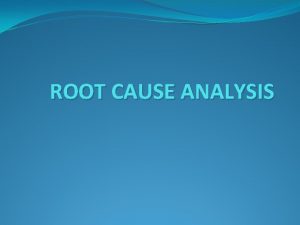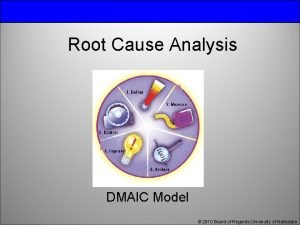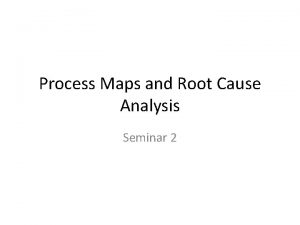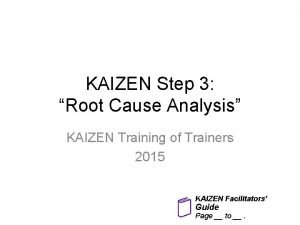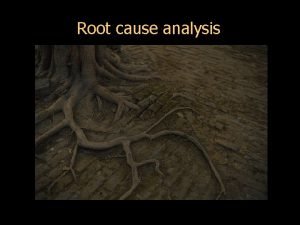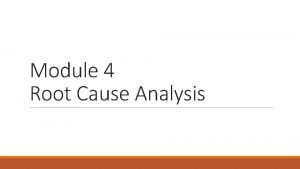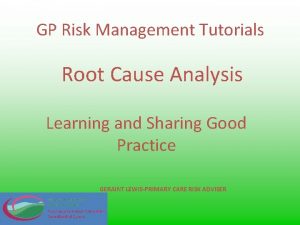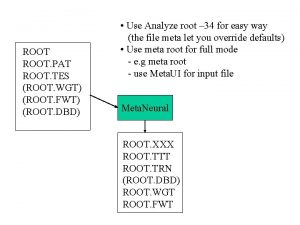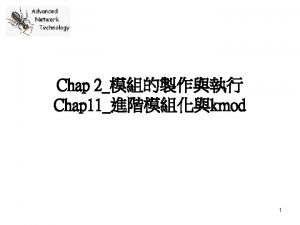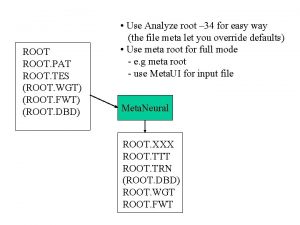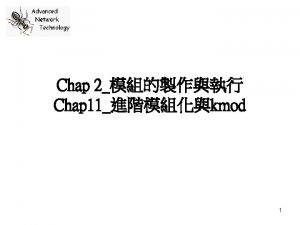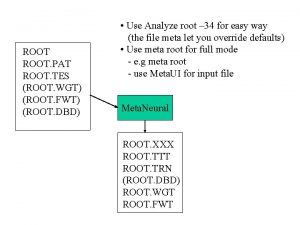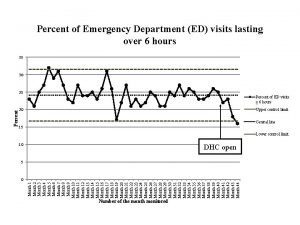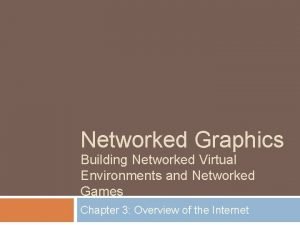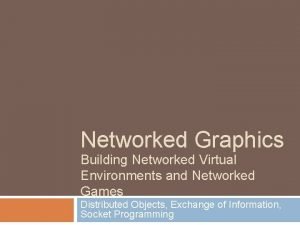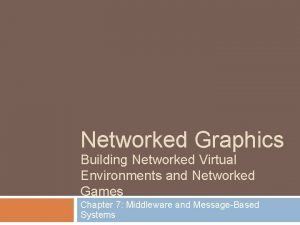Networked Improvement Communities Root Cause Analysis Month Year
![Networked Improvement Communities Root Cause Analysis [Month, Year] 1 Networked Improvement Communities Root Cause Analysis [Month, Year] 1](https://slidetodoc.com/presentation_image_h2/8decfb29621f5f01a305ce3c4eee46fe/image-1.jpg)
















- Slides: 17
![Networked Improvement Communities Root Cause Analysis Month Year 1 Networked Improvement Communities Root Cause Analysis [Month, Year] 1](https://slidetodoc.com/presentation_image_h2/8decfb29621f5f01a305ce3c4eee46fe/image-1.jpg)
Networked Improvement Communities Root Cause Analysis [Month, Year] 1

Establish Teams and Identify the Problem ≫ Developing a well-specified problem statement Conducting a Root Cause Analysis 2

WELCOME! As you join, please select “Everyone” in the chat box and introduce yourself: ≫ ≫ ≫ Name; Title; and One thing you’re most proud of that your agency/department is doing to help schools.

Meeting Objectives: Root Cause Analysis Understand Why a Root Cause Analysis Is an Important Step for Improvement Model the Root Cause Analysis Process 4

What a Networked Improvement Community (NIC) Is Designed to Do (Logic Model) Measurement Infrastructure Problem of Practice Root Causes Theory of Practice Improvement Improved Practice Increased Capacity to Address Problems of Practice Improvement Science (Plan, Do, Study, Act) 5

Why Conduct a Root Cause Analysis? ≫ ≫ ≫ ≫ Prevents “solutionitis” Produces insights into the system as a whole Prompts brutally honest discussions about why unsatisfactory outcomes occur Prompts participants to look at problems from the user’s perspective Ensures the initial problem is narrow and concrete enough to improve Informs tactical action and solutions moving forward Enhances the group’s ability to develop targeted and measurable outcomes

Example: Teacher Evaluation in Baltimore ≫Root cause analysis revealed some teachers received too little feedback, while others were bombarded with uncoordinated feedback. ≫Lessons Learned: Examine root causes before developing solutions > Consider problem from end users’ perspectives > Be open to alternative theories > Bryk, A. S. , Gomez, L. M. , Grunow, A, and Le. Mahieu, P. G. (2015). Learning to improve. Cambridge: Harvard Education Press.

Identifying Root Causes Using a Fishbone Diagram Initial Causes Subcauses Root Cause Problem Statement

Progressing from Problem Statement to Root Causes Example Problem Statement: Teachers’ effective use of digital tools to support classroom formative assessment is limited and varies widely.

What Are the Possible Reasons Why Formative Assessment Use Is Declining in Remote Environments? Technology access for students varies widely District/school-based technical support for digital learning is insufficient Teachers are unaware of the digital tools available to them Teachers need training to integrate digital tools into instruction 10

Why Does Technology Access Vary So Widely? Because. . . Districts have insufficient resources to purchase technology (e. g. , Wi. Fi, computers) for all students. Why? Universal access was not a perceived necessity until spring 2020. Why? Face-to-face (F 2 F) instruction enabled districts to overlook technology access as a need. Why? Teachers are more comfortable using traditional practices; technology literacy varies. Why? Teachers perceive technology as unreliable and more trouble than it is worth.

Underlying Root Causes Related to Technology Access ≫ Possible solutions shift from insufficient resources or “more money” to: > Shifting resources to ensure all students have reliable computer and Wi. Fi access; > Building a more robust district technology infrastructure; > Increasing awareness of digital tools available to teachers; > Providing school-wide training to integrate technology into instruction; and > Building a technology support system in schools.

Lack of universal technology access Weak district infrastructure Insufficient training and digital literacy Districts did not budget for technology Universal tech not a necessity until 2020 F 2 F prevented tech as perceived need Effective use of digital tools to support classroom formative assessment is limited and varies widely Teachers prefer not using tech; low literacy Teachers perceive tech as unreliable Schools unaware of digital tools available Insufficient technology support in schools Branch 6 13

Activity 1: Identify Subproblems In one to three words, why are we getting the results observed? To join, enter “Poll. Ev. com/chrisbrandt 590” in your browser. Click Here to Begin

Activity 2: Small Groups Identify the key themes from Activity 1 Each group will take one cause and ask, “Why do we get these results? ” Continue asking “why? ” Typically, it takes five to seven “why” questions before you get to a root cause. 15

Next Steps ≫ Create an initial fishbone diagram using root causes that emerged in this meeting. ≫ Continue identifying and unpacking new subproblems as they emerge. ≫ Iterate the fishbone diagram with a diverse group of end users (i. e. , teachers). This may require multiple sessions over the series of several weeks or months. ≫ Once the fishbone diagram is complete, use it to inform theory of improvement.

This presentation is in the public domain. While permission to reprint is not necessary, publication should be cited. The presentation is prepared by the Region 5 Comprehensive Center under Award #S 283 B 190030 for the Office of Program and Grantee Support Services (PGSS) within the Office of Elementary and Secondary Education (OESE) of the U. S. Department of Education and is administered by Westat. The content of the presentation does not necessarily reflect the views or policies of the PGSS or OESE or the U. S. Department of Education nor does mention of trade names, commercial products, or organizations imply endorsement by the U. S. Government. © 2021 Westat. 17
 Hydrarch succession definition
Hydrarch succession definition Hebrew month abib
Hebrew month abib Sidereal vs synodic month
Sidereal vs synodic month Favorite month of the year
Favorite month of the year Fbla general knowledge test
Fbla general knowledge test Root cause analysis sop
Root cause analysis sop Root cause analysis slide
Root cause analysis slide Dmiac
Dmiac Root cause analysis process mapping
Root cause analysis process mapping Kaizen fishbone
Kaizen fishbone Contoh root cause analysis 5 why
Contoh root cause analysis 5 why London protocol template
London protocol template Fishbone's menu
Fishbone's menu Name of diagram
Name of diagram Root cause analysis tutorial
Root cause analysis tutorial Sentinel report meaning
Sentinel report meaning Jefferson memorial root cause analysis
Jefferson memorial root cause analysis Rischio clinico slide
Rischio clinico slide






